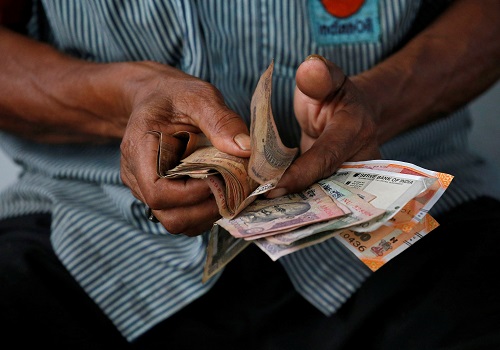
The Indian rupee strengthened on Thursday, tracking a similar move in its Asian peers and in anticipation of MSCI-related inflows as domestic equities' weightage in the index is set to rise.
The rupee closed at 83.8700 against the U.S. dollar at, up 0.1% from 83.9525 in the previous session.
Asian currencies rose, while the dollar index slipped to 100.89, before recovering through the session.
Indian equities' increased weightage in MSCI's emerging market index, effective Friday, is expected to attract as much as $3 billion in inflows, according to Nuvama Alternative and Quantitative Research.
"Stronger Asian currencies along with strong inflows in domestic equity markets have also been supportive to the rupee," said Kunal Sodhani, vice president at Shinhan Bank.
For the USD/INR pair, 83.70 acts as a support, while 84.00 is a resistance, he added.
Still, currency traders said, the equity inflows may be just a temporary relief to the currency, which may again see depreciating pressure in the coming weeks.
The rupee's annualised realized volatility, based on changes in daily prices, is at less than 2%. The Reserve Bank of India is expected to keep the currency on a tight leash, as it has for a while now.
Markets are keenly awaiting the release of core Personal Consumption Expenditure index data, which is the Federal Reserve's preferred measure of inflation, after Indian market hours on Friday.
But the bigger factor to gauge the quantum of U.S. rate cuts in September is the non-farm payroll data next Friday, traders said.
Fed Chair Jerome Powell has warned any further cooling in the labour market would be unwelcome, although the Fed is prepared to cut rates in September.
However, without any clear indication it that would be a 25 or 50 bps move, the market has remained divided since then. The odds of a 50 bps cut are around 37%.
